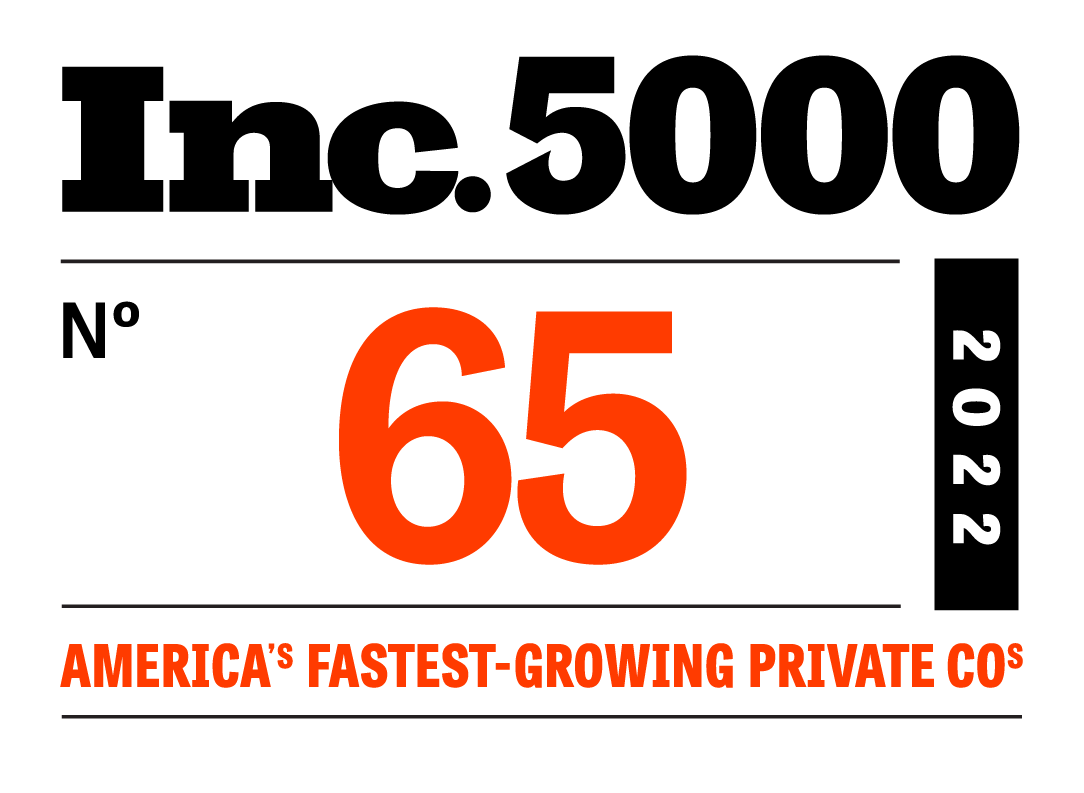
With March here, small businesses only have a few weeks left to apply for a First or Second Draw Paycheck Protection Program loan. According to the most recent numbers from the Small Business Administration, there’s still plenty of federal aid to go around, with 45 percent of funds still available to borrowers.
Many banks and credit unions—especially those leveraging technology for PPP—have already met their customers’ demand on this latest round of originations and are now expanding their reach, welcoming new businesses to apply.
But what happens after March 31?
With future rounds of PPP funding uncertain, lenders are left wondering what comes next after a year where COVID-19 set the agenda.
For a better understanding on the current state of lending to small businesses we took a look at the Federal Reserve’s much anticipated 2021 Small Business Credit Survey.
The Importance of the 2021 Small Business Credit Survey
The Small Business Credit Survey is an annual report compiled with the collaboration of all 12 Federal Reserve banks and provides a pulse on the state of small businesses.
Given the nature of the report, its findings should be seen as a snapshot in time—or a look back on how small business owners were feeling about their finances, the future of their businesses, and their ability to obtain credit at the time the survey was taken.
The 2021 Small Business Credit Survey is unique in that it’s a snapshot of how businesses were feeling during a generational public health crisis that forced lockdowns and greatly disrupted the economy.
More specifically, this year’s survey was taken by nearly 10,000 small business owners between September and October 2020 when future rounds of PPP funding were as uncertain as they are today and prior to the surge of cases that has defined this Winter.
Learnings from this report can help banks and credit unions better anticipate the demands small businesses will have after the current round of PPP originations closes at the end of this month. Further, it can help them identify opportunities to build new relationships and expand existing ones.
To start, consider the survey’s findings on the current state of small business.
Small businesses are in survival mode; Few are getting what they need outside of PPP
It goes without saying that small businesses have been in survival mode for the last year. Those that have been able to avoid permanent closure, have primarily been able to do so by dipping into personal savings, financing operational costs, or reducing staff.
After a year where nearly half of small businesses had to reduce their workforces, and nearly 8 out of 10 saw reductions in revenue, businesses have admittedly been in better shape.
While more than 90 percent of small businesses applied for federal aid, such as a PPP loan, just 77 percent reported receiving all of the aid they requested.
When asked more broadly whether they were able to get the financing they needed in 2020, the outlook is dimmer. Only 37 percent of small businesses reported getting the financing they needed last year, compared to 51 percent in 2019.
As small businesses look to rebuild, and even get back to growth, in the year ahead, there’s plenty of pent up demand that banks and credit unions can meet through lending and other business banking products.
Doing so will be critical to their ability to welcome new businesses to their institutions, as well as retain current customers.
Lenders have an opportunity to retain and expand business banking relationships
Like the small businesses they serve, banks and credit unions had to adjust to the new realities of living in a COVID-19 world. With branches forced to close and PPP loans to accommodate, lenders needed to be nimble if they wanted to compete in 2020.
This has been crystalized by borrower behavior. In desperate need of aid, small business owners didn’t hesitate to go where it was easiest to secure a PPP loan—whether that was their current institution or not.
A breakdown of the data collected by the Federal Reserve shows that 53 percent of borrowers chose a small bank or credit union for their PPP needs and another 43 percent chose large banks. Fewer than 10 percent chose a non-bank lender.
More interesting is what this data can tell us about where the opportunities lie to attract new customers and to retain current ones.
A closer look at small banks show that nearly 20 percent of their PPP borrowers were net new to the institution. These new customers will need to return to the institution in order to apply for Forgiveness, presenting a natural opportunity for these institutions to expand relationships beyond federal aid programs.
An examination of large-bank PPP borrowers tells a different story. A full 95 percent of borrowers that went to a large bank for their PPP loan were already existing customers of the institution. For these lenders, Forgiveness is as much about identifying opportunities to expand existing relationships as it is about solidifying new ones.
State of Lending: Success depends on customer experience and efficiency
Small businesses are coming off the most difficult year they’ve had since the financial crisis of 2008. Those that survived relied heavily on PPP and other emergency aid programs to do so, and many didn’t get all of the aid they needed.
Over the next few weeks the last First and Second Draw PPP loans will be made, leaving Forgiveness as the final remaining touch point of this relationship between PPP borrowers and their lenders.
This is where the window of opportunity for banks and credit unions to establish and expand business relationships lies. When borrowers return to their PPP institutions for Forgiveness or related accounting work, lenders will have a chance to offer them a new term loan, line of credit, or deposit account, for example, as a means of expanding their relationship with the small business.
Converting these opportunities will largely rely on customer experience and efficiency.
Banks and credit unions that offered PPP loans online and through self-service portals, for example, have now trained their borrowers to expect a level of ease and convenience in their customer experience. If they can make it as easy to secure a new term loan, for instance, the lender’s chances of converting the relationship to a long term one increase. Forcing borrowers into a traditional, manual loan process, on the other hand, could have the opposite effect and drive them to a more digital competitor.
Efficiency is also key here. In the current credit climate, lenders have an eye toward risk and many are optimizing their credit policies to match the current environment. By introducing technology to the front end of the borrower experience, lenders can provide a modern, digital experience that accelerates data gathering and flags risk, without requiring the institution to compromise or modify their existing underwriting workflow.
Banks and credit unions that are able to accommodate the need for digital and efficient customer experience, without risking the quality of their underwriting processes, will be most successful as the industry transitions away from PPP after March 31.
For more insights, register for one of our twice-weekly webinars, here.







